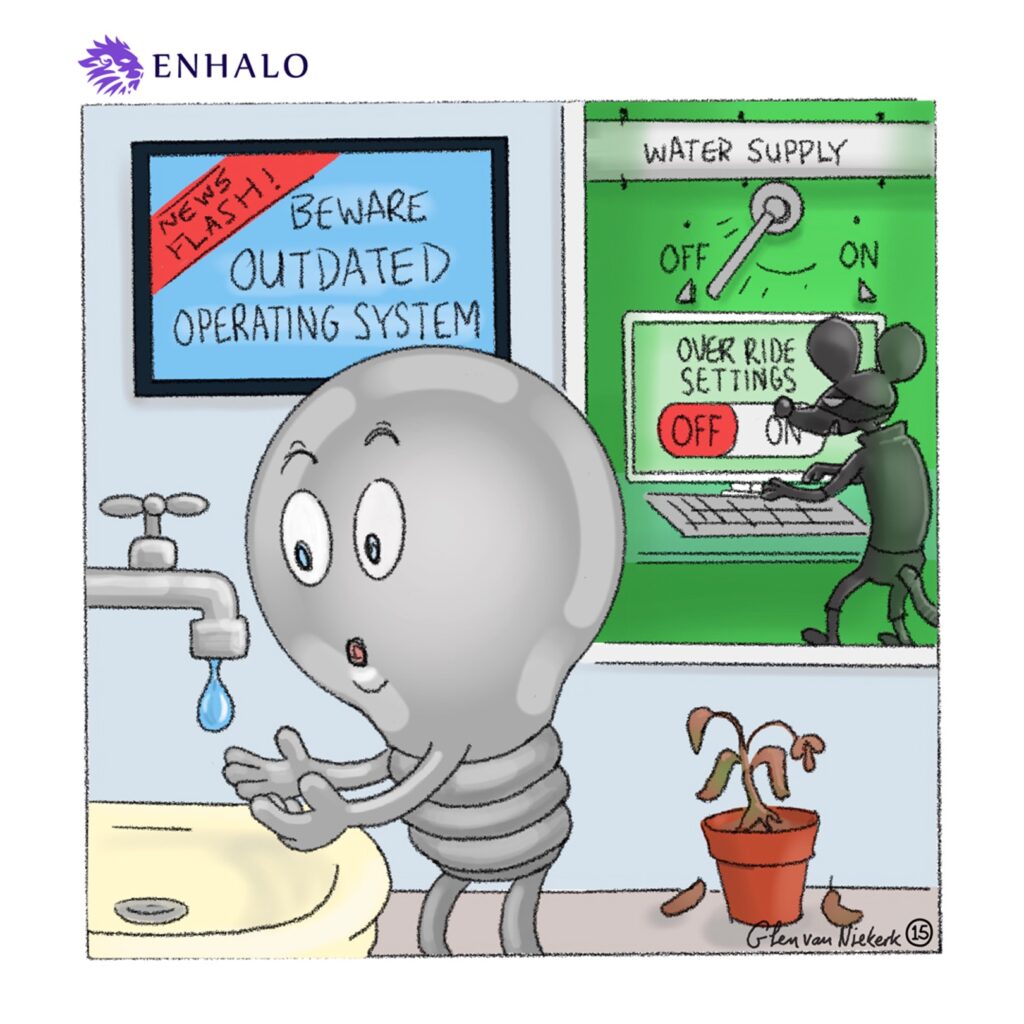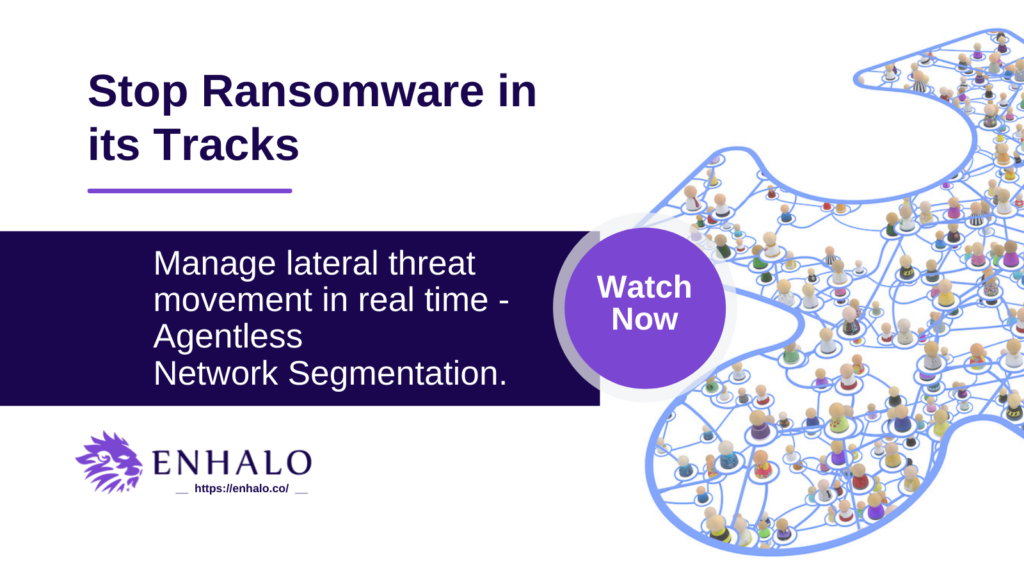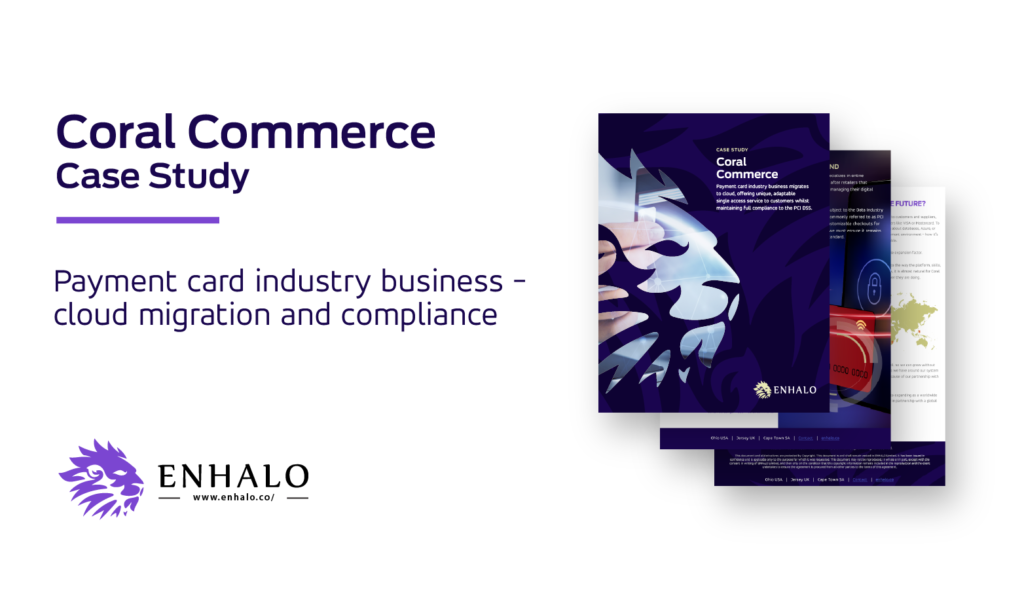The industrial control systems that water districts use to manage valves, pipes, and other infrastructure are notoriously open to attack.
The most common vulnerabilities: remote-access networks, obvious passwords, and software so old that the manufacturer had stopped making fixes to protect against intruders.
The worst part – an IBM study found that vulnerabilities are known for years often “remain untouched because organizations are afraid to make any changes that might cause downtime.”
The Risks of Outdated Systems
Increased Vulnerability to Attacks: Older operating systems often have well-known vulnerabilities that are easily exploitable by hackers. These systems lack the latest security features and updates that newer versions provide.
Lack of Manufacturer Support: Many outdated systems are no longer supported by the manufacturer. This means no more security patches or updates to protect against new threats, leaving the system exposed to potential attacks.
Compatibility Issues: Older operating systems might not be compatible with newer security software or tools, making it difficult to protect them against modern cyber threats.
Common Vulnerabilities in Water Districts’ ICS
Remote-Access Networks: These networks allow for convenient monitoring and control but can be easily compromised, especially if they are running on outdated operating systems.
Obvious Passwords: Many systems still use default or easily guessable passwords, making them prime targets for attackers.
Neglected Software Updates: As per the IBM study, organizations often hesitate to update their software due to the fear of causing downtime, which can lead to severe security risks.
The Role of a Security Operations Center (SOC)
Implementing a SOC service can be a game-changer in combating these vulnerabilities. A SOC provides continuous monitoring and analysis of an organization’s security posture.
- Continuous Monitoring: SOCs keep an eye on network traffic and system activities, quickly identifying and responding to any signs of a security breach.
- Proactive Threat Hunting: SOC teams actively search for potential threats and vulnerabilities, like those in outdated systems, and work to mitigate them before they can be exploited.
- Incident Response and Recovery: In the event of a breach, SOCs provide swift incident response to minimize damage and recover systems, possibly even coordinating with manufacturers for patches on older systems.
- Advice and Guidance: SOC teams can advise on best practices for upgrading systems and maintaining security on existing infrastructure.
- Regular Reporting and Compliance: SOCs can help ensure that water districts comply with industry regulations and standards, providing regular reports on their security stance.





